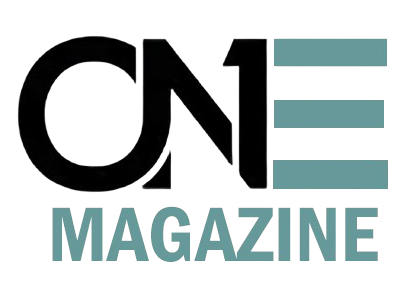In June 2024, pop icon Justin Timberlake Toxicology arrest for driving while intoxicated (DWI) in Sag Harbor, New York, captured widespread media attention. The incident sparked numerous discussions and rumors, particularly concerning alleged toxicology reports. As of 2025, it’s essential to revisit the facts, dispel misinformation, and understand the legal and societal implications of the case.
Understanding the Incident: What Happened?
On June 18, 2024, Justin Timberlake Toxicology was pulled over in Sag Harbor, New York, after allegedly running a stop sign and failing to stay in his lane. According to the police report, Timberlake exhibited signs of impairment, including bloodshot eyes, slurred speech, and poor performance on field sobriety tests. He refused a breathalyzer test at the scene.
Timberlake claimed he had consumed only one martini earlier that evening. Despite this assertion, the arresting officer noted several indicators of intoxication.
Debunking Toxicology Rumors
Following the arrest, social media buzzed with claims that Timberlake’s toxicology report revealed traces of substances like molly, poppers, Truvada, and cocaine. These allegations originated from a satirical account on X (formerly Twitter) and were widely shared without verification.
In reality, no official toxicology report has been released confirming the presence of these substances. The police conducted field sobriety tests, and Timberlake refused a chemical test, which is standard procedure in such cases. Therefore, any claims about specific substances in his system remain unsubstantiated.
Legal Proceedings and Outcomes
Initially, Timberlake pleaded not guilty to the DWI charge. However, on September 13, 2024, he appeared in court and accepted a plea deal, pleading guilty to a lesser charge of driving while ability impaired (DWAI), a non-criminal traffic violation. The plea agreement included a $500 fine, a $260 surcharge, 25 hours of community service, and the requirement to create a public safety announcement. Additionally, his driver’s license was suspended for 90 days.
The Role of Social Media in Spreading Misinformation
The rapid spread of false information regarding Timberlake’s toxicology highlights the challenges of misinformation in the digital age. Satirical content, when not clearly identified, can be mistaken for factual reporting, leading to widespread misconceptions.
This case underscores the importance of verifying information through credible sources before accepting or sharing it. Media literacy and critical thinking are essential tools for navigating today’s information landscape.
Conclusion
Justin Timberlake Toxicology DWI case serves as a reminder of the importance of responsible behavior and the potential consequences of impaired driving. It also highlights the need for vigilance against misinformation, especially in high-profile cases. As consumers of information, we must prioritize accuracy and rely on verified sources to form our understanding of events.
Frequently Asked Questions (FAQs)
Q1: Was there an official toxicology report released for Justin Timberlake’s DWI arrest?
A1: No official toxicology report has been released. Timberlake refused a chemical test at the time of his arrest, and any claims about specific substances in his system remain unverified.
Q2: What were the legal consequences of Timberlake’s plea deal?
A2: Timberlake pleaded guilty to a lesser charge of driving while ability impaired (DWAI). He was fined $500, required to pay a $260 surcharge, complete 25 hours of community service, and create a public safety announcement. His driver’s license was suspended for 90 days.
Q3: How did misinformation about Timberlake’s toxicology spread?
A3: A satirical post on social media falsely claimed that Timberlake’s toxicology report showed various substances. The post was widely shared and misinterpreted as factual, demonstrating how satire can contribute to misinformation when not clearly identified.
Q4: What does this case teach us about media literacy?
A4: The case emphasizes the importance of verifying information through credible sources and being cautious of unverified claims, especially on social media platforms.

